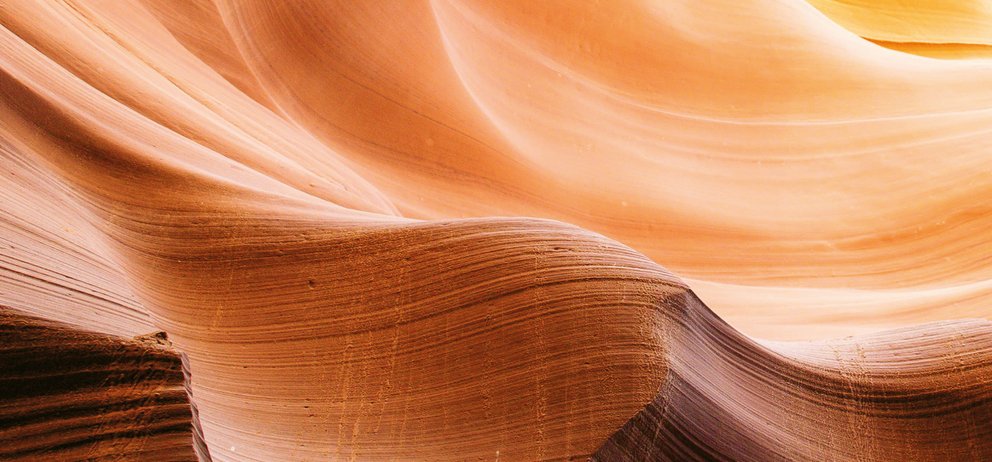Programme introduction by Ricardo Carmona
Beneath our feet, the ground is never still. Tectonic plates drift slowly – at the same pace that our fingernails grow – pushing and folding continents. This quiet, near-imperceptible motion reshapes the face of the earth – a force that sometimes bursts into seismic tremors.
This year’s festival unfolds like a tectonic landscape – a choreography of shifting ground, where every movement is part of a larger transformation. Just as the earth’s crust bends and breathes, art presses against the boundaries of what we know, opening fissures and creating space for the new. Here, we listen with the soles of our feet, feel with our breath, think with our skin. It is a space shaped not just by what is visible, but also by what is sensed, imagined and remembered – a choreography of relationships and shared urgencies. In the friction of these encounters – between artists, performances and audiences – a fire is kindled. Not one that consumes, rather one that gathers warmth, clarity and courage. A fire that invites us to hold each other through the shifts.
The many works of this year’s festival are fireplaces in themselves, holding and creating communities. Némo Flouret opens the festival with a collective spectacle of fireworks, dance and music. At the same time, nora chipaumire invites us into an imagined private bar, a place where revolutions begin. Similarly, Lia Rodrigues asks how people are shaped and limited by borders. J Neve Harrington, in turn, crafts a kaleidoscopic choreography of bodies, and Clara Furey explores eroticism as a communal force, free of norms. Meanwhile, Outbox Movement brings together diverse dance styles under the open sky, bridging them through movement and dynamic connection.
Much like tectonic activity, dance traditions are in constant transformation, reshaping the terrain of cultural expression. Inka Romaní blends Valencian folk dances with contemporary forms such as breaking and house, while Nguyễn+ Transitory draw from traditional Thai music and dances, queering inherited forms and opening dialogues between the ancestral and the contemporary. In a different way, Adam Linder, Ethan Braun and the Solistenensemble Kaleidoskop look into dance and its structural ties to music. Furthermore, Radouan Mriziga explores the resonance of the desert, rooted in the Amazigh culture of Northern Africa. Ligia Lewis, for her part, establishes a new, utopian vision of belonging beyond the notion of national identity.
Resembling a landscape formed through gradual accumulation, the body as a site of storytelling holds often layers – personal and cultural histories. Marlene Monteiro Freitas brings 1001 stories in a fable-like stream of tales of love, war and freedom. Daniel Mariblanca draws from interviews with trans individuals, and embodies their diversity and wide spectrum of experiences. Meanwhile, Oona Doherty revisits her family’s past through the lens of a working-class boy, and Lovísa Ósk Gunnarsdóttir addresses ageing, as well as the silence around the menopause.
Artists consistently tend to respond to the urgent issues of our time, offering reflections on the shifting landscapes of society, identity and imagination. Moritz Ostruschnjak examines how the growing digitalisation of life reshapes our experiences and what remains of the body in a digitised world. Jeremy Nedd explores the politics of marginalised movement, asking: can a dance move be owned? Xan Dye navigates the paradox of identity and transformation, and Yara Boustany turns to collective imagination as an act of resistance in the face of destruction. Kim Sungyong leads us into the landscape of the jungle, where metaphor and memory intertwine, inviting contemplation on our existence.
Art can shape the world just as tectonic plates do – but only when given space. Censorship, repression and fear try to harden the surface and seal the cracks. In the face of rising authoritarianism and neo-fascism across the world, guarding freedom of expression becomes an urgent task. Let us stay with the cracks, keep the dialogue open and protect the right to fracture – to dissent, to be many. The performances in this year’s festival resemble open fault lines – creating tremors, bringing hidden layers to the surface, and shaping the world to come.
The ground is moving, and we are moving with it.
Ricardo Carmona
Artistic director & Tanz im August team
April 2025

